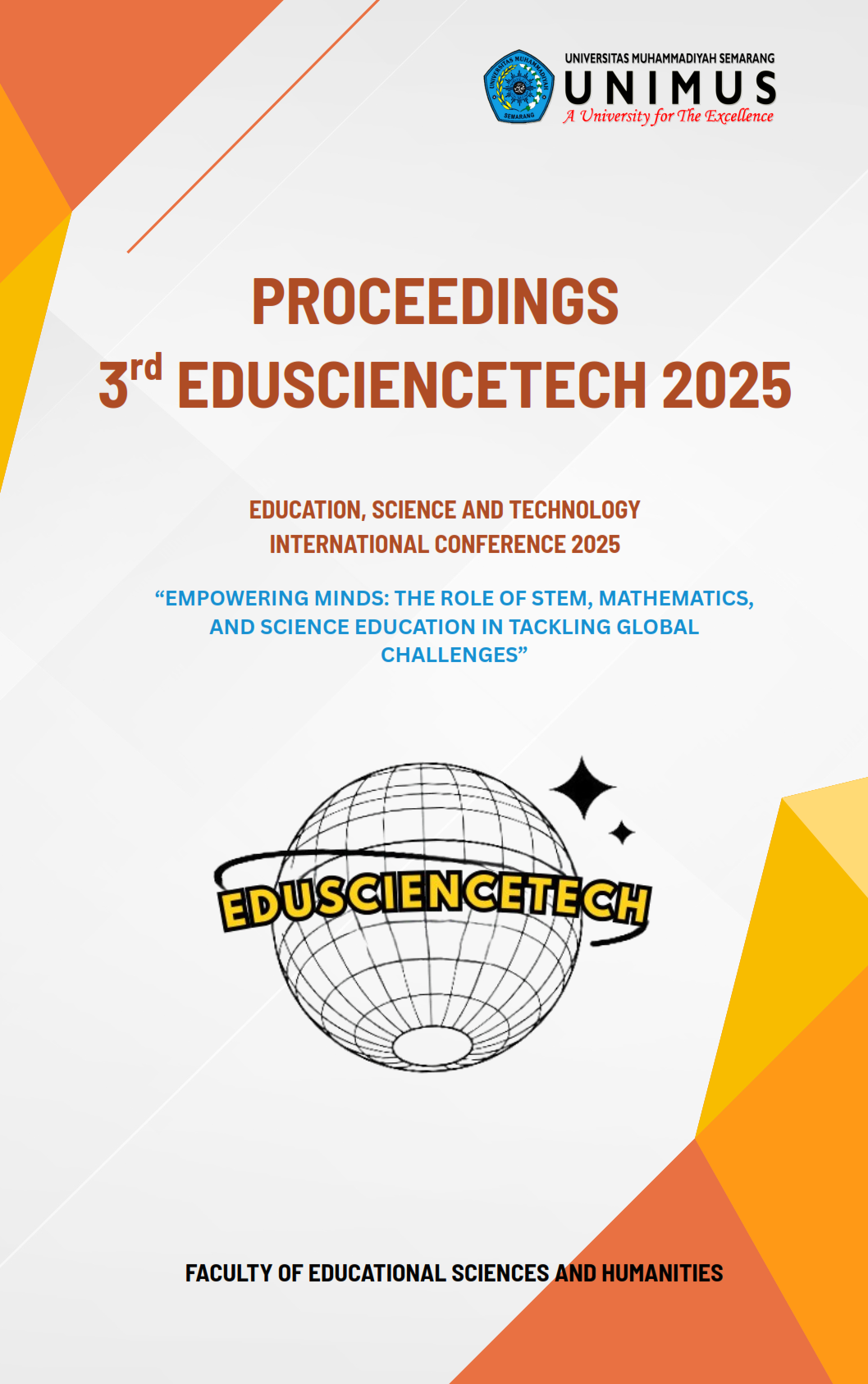Developing an Augmented Reality-Based Laboratory Manual for Chemistry Education in Low-Resource Schools
Keywords:
Augmented Reality, Chemistry Education, Laboratory Manual, Low-Resource Schools, Educational TechnologyAbstract
Hands-on chemistry experiments are vital for high school education but are often hindered by resource limitations in schools, particularly the lack of laboratory facilities and materials. This research and development (R&D) study aimed to design, develop, and evaluate an Augmented Reality (AR)-based practicum guide as a practical solution to these challenges. Employing the ADDIE development model, the study produced an AR application and a companion laboratory manual for acid-base chemistry. The product's validity was assessed by experts using Aiken's V, while its practicality was evaluated through questionnaires administered to 31 high school students and a chemistry teacher. The results demonstrated high quality, with an expert validation score of 0.87 ('Very Valid'). The practicality assessment was also highly positive, yielding average scores of 86.85% ('Very Good') from students and 98.21% ('Very Good') from the teacher. The study concludes that the AR-based practicum guide is a valid and highly practical tool that effectively overcomes resource barriers in science education. It enhances student engagement and offers a viable solution for conducting laboratory activities in schools with limited facilities, thereby helping to democratize access to hands-on scientific learning.Augmented Reality

